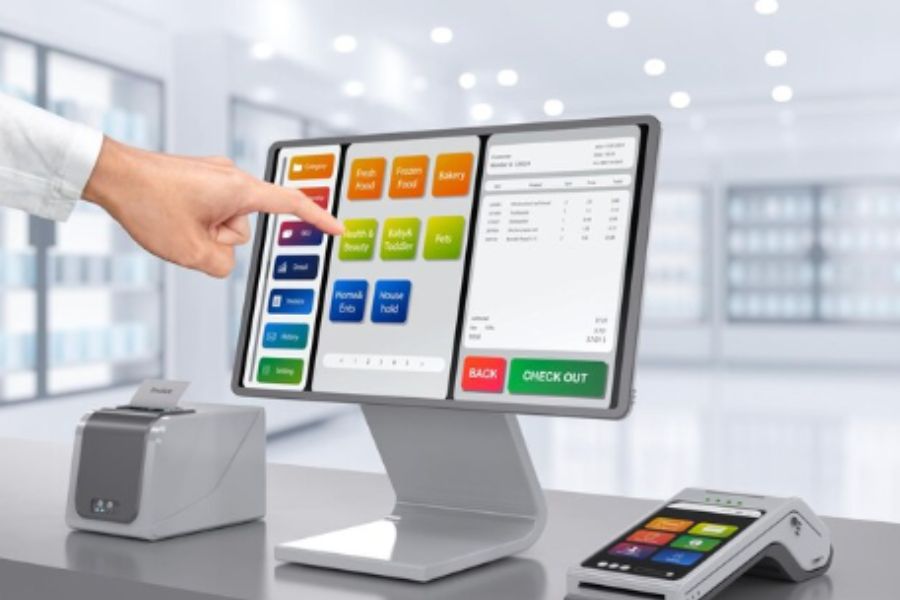What does ‘real-time’ mean?
‘Real-time’ refers to the capability of software to keep track of live business functions, regardless of where the activities take place (offline or online). It ensures that every platform is considered in specific business activity.
What is real-time synchronization?
Real-time synchronization is the capability to quickly update the latest changes by a central system, often from multiple channels. With the shift to cloud-based systems, synchronization is an important tool to save changes automatically and maintain consistency between multiple systems, which then helps businesses to better manage their activities.
Why do businesses need real-time synchronization?
Businesses, especially retailers, often have more than one selling channel and sometimes a number ofwarehouses. This can easily go beyond the control of the business owners if there is no real-time synchronization system. Managing multiple touchpoints needs a centralized system to manage the business anywhere, at any time, and on any device. This is the task of real-time synchronization which cannot be easily done by human labor.
What are the benefits of real-time synchronization?
Real-time synchronization maintains accurate and secure management of data. It ensures the latest updates of data are available for viewing, analyzing, and organization to ensure an omnichannel experience. For example, businesses that have multiple online and offline stores would need data consistency to view performance improvement. These data can include, but not limited to:
- Supply chain management
- Sales productivity
- Order management
- Inventory management
Customers can also benefit from real-time synchronization. These benefits can range from interaction with department members for the most up-to-date information, to their own search on online platforms. Other stakeholders within the process, such as the manufacturers, can also gain visibility and pinpoint vulnerabilities of their tasks in relation to the business. This can create joint management by stakeholders, thus diminishing the potential risks in the future.


